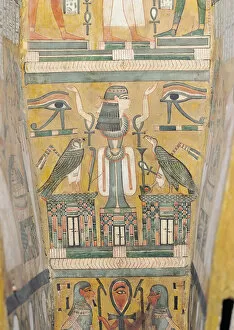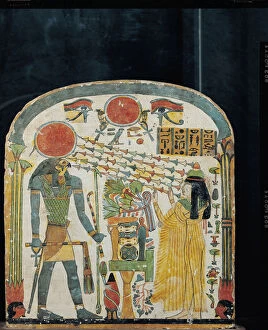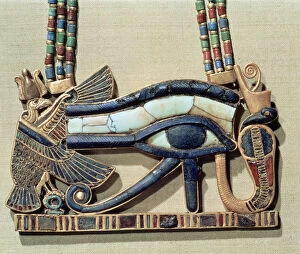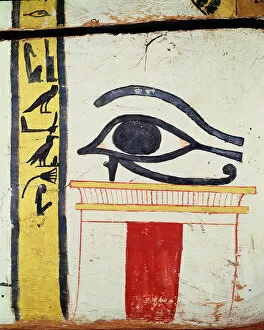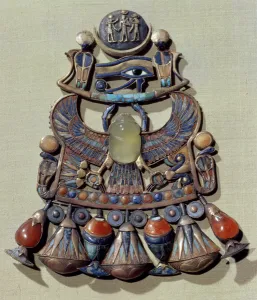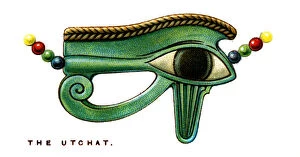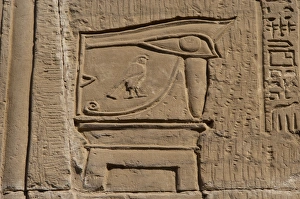Udjat Collection
"Udjat: The All-Seeing Eye of Ancient Egypt" Step back in time to the mesmerizing world of ancient Egypt with this exquisite udjat bracelet
All Professionally Made to Order for Quick Shipping
"Udjat: The All-Seeing Eye of Ancient Egypt" Step back in time to the mesmerizing world of ancient Egypt with this exquisite udjat bracelet. Crafted between 943-922 BC, this stunning piece showcases the iconic Eye of Horus, a symbol believed to bring protection and good fortune. The influence of Egyptian art is beautifully evident in the Temple of Kom Ombo, where a relief featuring the udjat eye can be found. This intricate carving pays homage to Horus, the falcon-headed god associated with kingship and divine protection. Delve deeper into Egyptian mythology with the wedjat eye amulet made from cornelian. This small yet powerful talisman was believed to ward off evil spirits and ensure safe passage into the afterlife. Immerse yourself in spirituality as you explore the interior of Imenemipet's coffin adorned with depictions of the sacred wedjat eye. These detailed illustrations were meant to guide and protect him on his journey through eternity. Discover another facet of ancient beliefs through Aha-Mer's Book of Dead depiction showcasing Anubis weighing souls. Amidst this scene, an udjat eye serves as a reminder that judgment awaits all who pass into the realm beyond life. Marvel at Lady Taperet's stele before Re-Horakhty, which dates back to approximately 1000 BC. Its stuccoed and painted wood surface brings forth vibrant colors that enhance her connection with divinity through Ra-Horakhty's watchful gaze. Unearth treasures fit for pharaohs as you admire an Eye of Ra pectoral discovered within Tutankhamun's tomb. Crafted using gold and blue faience, it exemplifies opulence while symbolizing royal power under Ra’s omnipresent vision. Witness how Egyptians adorned themselves with amulets, beads, and pendants made from gold, faience, and semi-precious stones.



